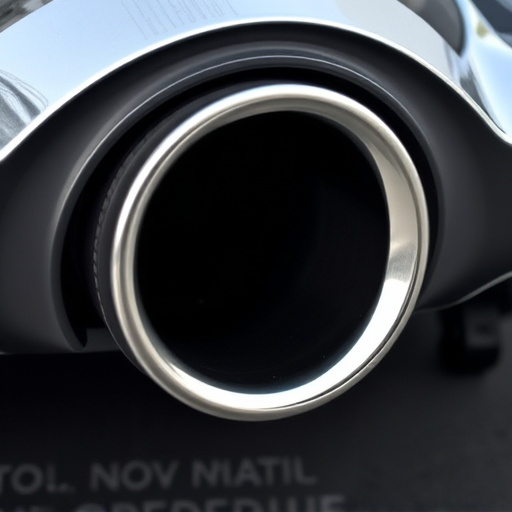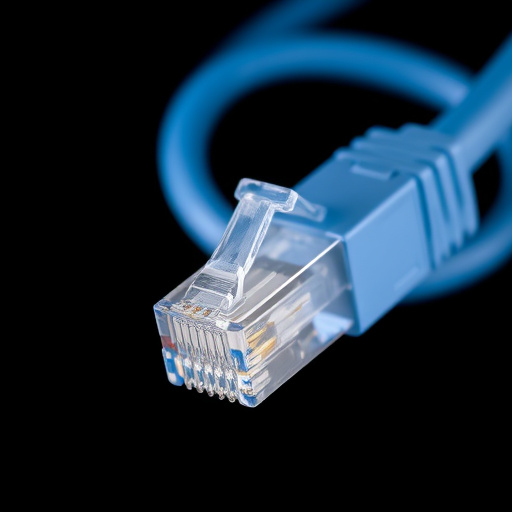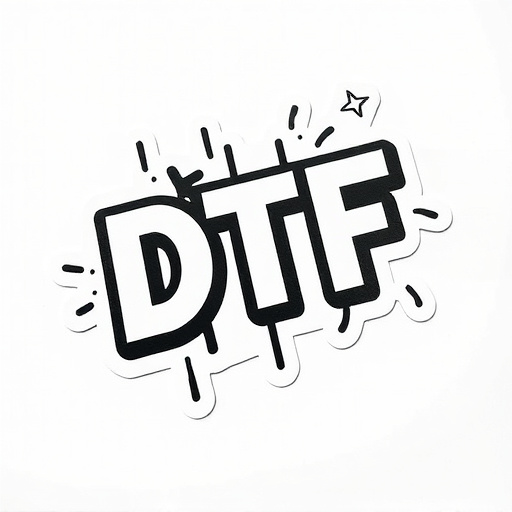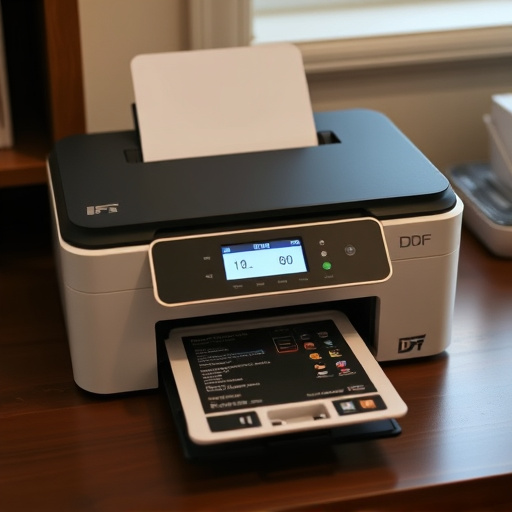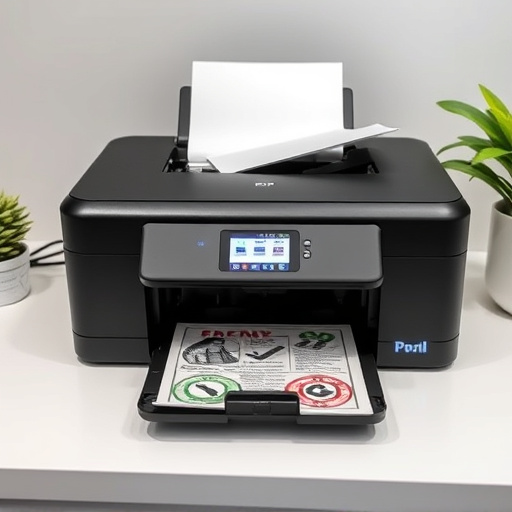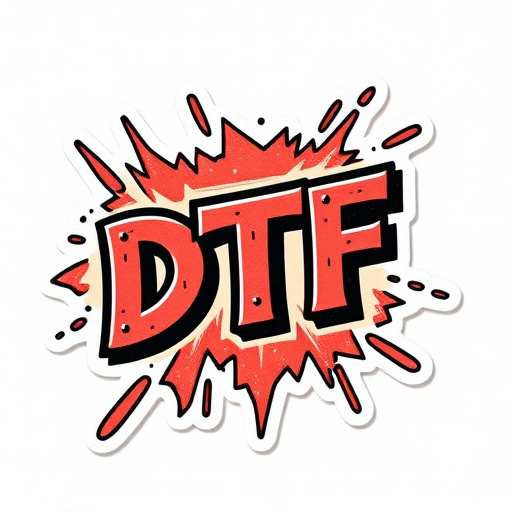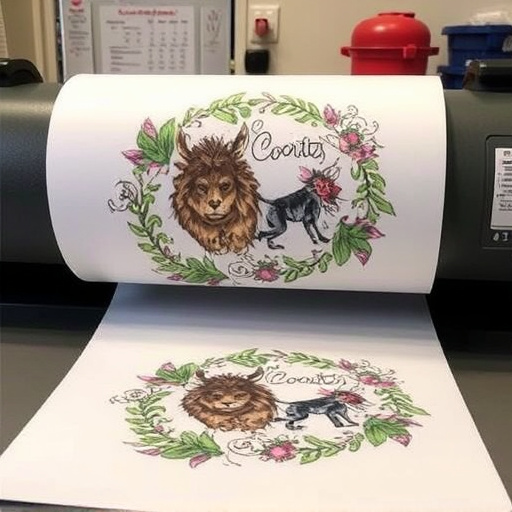DTF Inks offer a blend of comfort and durability suitable for diverse applications. Utilizing heat press technology, they ensure vibrant colors and intricate designs on fabrics like cotton, silk, and polyester. While silk excels in glossy finish, polyester is durable and washfast. Navigating knitted vs. woven materials challenges, choosing the right DTF printer and specialized inks is crucial for achieving high-quality prints tailored to fabric types.
Discover the versatility of DTF inks across diverse fabric types, from cotton’s soft embrace to the durability of polyester and the intricacies of knitted versus woven materials. This article explores how DTF inks adapt to unique fabric characteristics, offering both aesthetic appeal and enhanced performance. Uncover insights into silk’s delicate nature versus polyester’s robust strength, and navigate the challenges presented by different textile structures for optimal DTF ink application.
- DTF Inks on Cotton: Softness Meets Durability
- Performance Insights: Silk vs. Polyester Fabrics
- Navigating Challenges: Knitted vs. Woven Materials
DTF Inks on Cotton: Softness Meets Durability
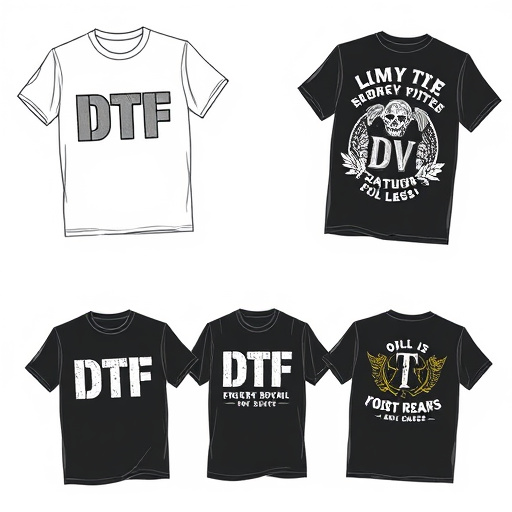
DTF Inks on Cotton offer a unique blend of softness and durability, making them an excellent choice for a variety of applications. The direct-to-fabric (DTF) printing method, facilitated by heat press technology, allows for vibrant colors and intricate designs to be seamlessly integrated into cotton fabric without compromising its natural feel. Cotton’s breathability and absorbency make it a popular choice for apparel, home goods, and more, while DTF Inks ensure that the final product retains both aesthetic appeal and long-lasting quality.
This synergy between cotton and DTF Inks is particularly notable in items like t-shirts, tote bags, and even decorative pillows, where comfort and style go hand in hand. The heat press process ensures that the inks bond firmly with the fabric, resisting fading and cracking over time. As a result, garments and accessories printed using DTF Inks on cotton are not only visually striking but also built to last, making them perfect for both personal use and promotional campaigns alike.
Performance Insights: Silk vs. Polyester Fabrics
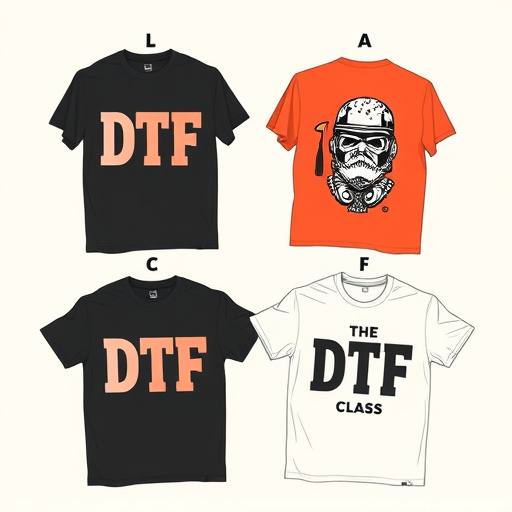
When comparing DTF Inks’ performance on silk and polyester fabrics, a key distinction emerges. Silk, with its natural fibers, allows DTF inks to create incredibly vibrant prints with a unique, glossy finish. The porous nature of silk ensures that the ink adheres well, resulting in detailed designs that stand out. This makes DTF for t-shirts using silk an excellent choice for high-quality, artistic pieces.
On the other hand, polyester fabrics present a different challenge due to their synthetic composition. DTF inks on polyester may not achieve the same level of vibrancy as they do on silk, but they offer superior durability and washfastness. This is particularly beneficial for DTF printing for light fabrics intended for everyday wear or outdoor use, where the fabric needs to withstand repeated laundering without fading.
Navigating Challenges: Knitted vs. Woven Materials
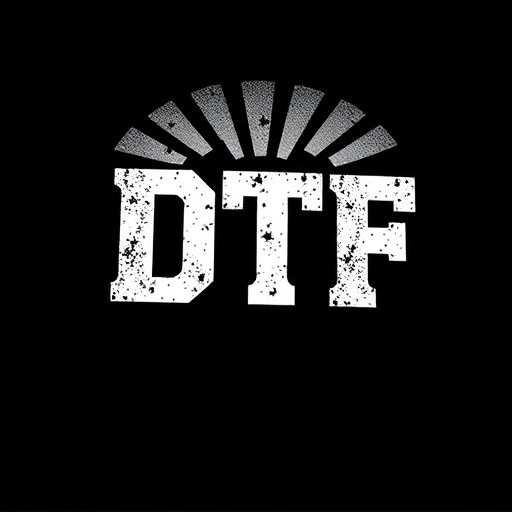
Navigating Challenges: Knitted vs. Woven Materials
When it comes to printing with DTF (Direct to Fabric) inks, understanding different fabric types is crucial for achieving high-quality results. One significant challenge lies in the contrast between knitted and woven materials. Knitted fabrics, common in clothing like T-shirts, offer a unique texture and flexibility that can present difficulties for ink adhesion. The intricate loops and interweaving of threads in knits require inks to penetrate deeply, ensuring even coverage without seeping through to the other side. In contrast, woven fabrics such as cotton or linen have a more consistent surface, allowing for easier ink application.
For DTF printers aiming to print on knitted fabrics, careful consideration is needed. Specialized inks designed for knits can offer better adhesion and color vibrancy while maintaining fabric stretch. Conversely, pre-treatment of the material might be necessary for woven fabrics to enhance ink absorption, especially when printing intricate designs or fine lines. This distinction underscores the importance of choosing the right DTF printer and inks tailored to each fabric type to ensure logos and designs on clothing brands turn out vibrant and long-lasting.
DTF inks have proven their versatility across various fabric types, offering a unique blend of softness, durability, and vibrant colors. From cotton’s comforting touch to the sleekness of silk and polyester, these inks adapt seamlessly to different textiles. Understanding the nuances of performance on knitted versus woven materials allows designers and manufacturers to make informed choices, ensuring optimal results for their creations. DTF Inks’ ability to enhance fabric aesthetics while maintaining durability makes them a preferred option in today’s diverse textile landscape.
